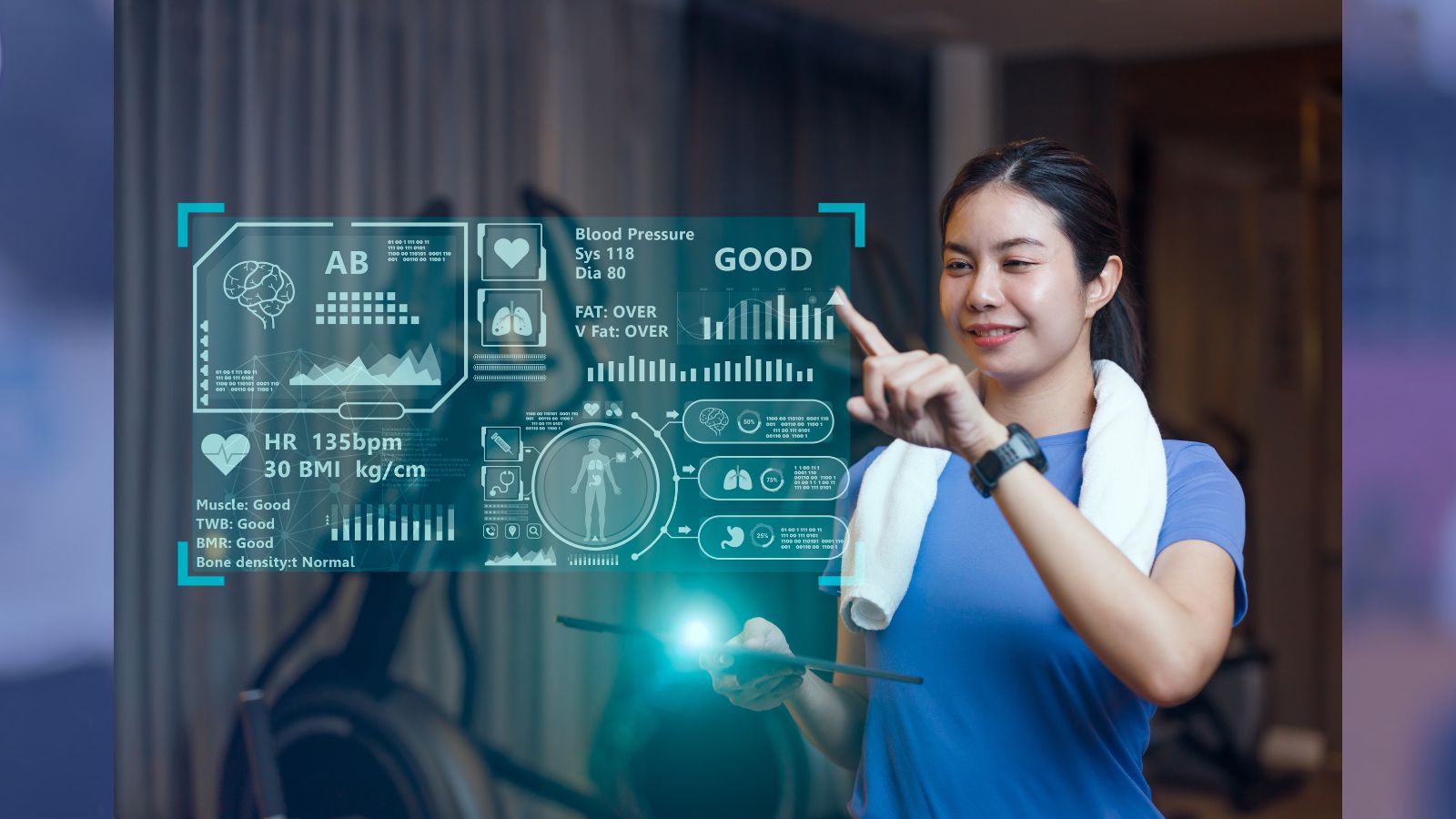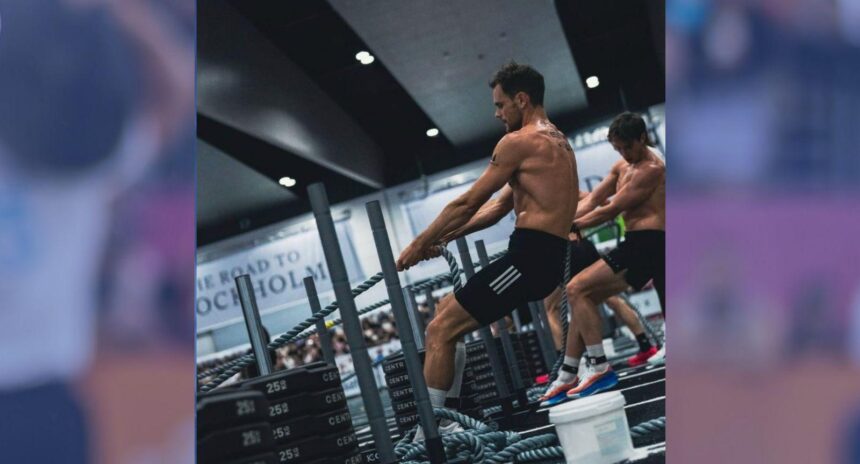Can an AI CrossFit Trainer Measure up to a Human Coach?

The modern era of fitness differs significantly from the past.
It doesn’t stop at just virtual fitness classes or touchscreen monitors with suggested workout regimens. People are now turning to AI-powered chatbots for nearly everything, including their fitness coaching.
There’s been a rising trend in the fitness industry of people using large language model (LLMs) chatbots to craft their workout plans and act as their own personal motivators.
- And CrossFit isn’t immune to it, either, with several companies providing AI-powered training.
However, the role of the human trainer cannot be replicated, says New York-based personal trainer and CrossFit coach Patrick Frank.
- “One of the problems with this kind of mentality is a lack of specificity to your personal health and fitness needs,” Frank told the Morning Chalk Up in an interview. “I’ve tried it — you can simply ask for a general strength program, or you can feed information about yourself, abilities, goals, etc., but still the results are relatively basic.”
Some of the most popular chatbots include ChatGPT, Microsoft’s Copilot, and Google’s Gemini.
- These AI assistants can receive prompts and deliver answers, provide personalized recommendations, and communicate in natural language.
The growth of AI in the fitness industry has been rapid. A report by InsightsAce predicts that AI in the fitness and wellness sector will hit $46.1 billion by 2034, with a 16.8% compound annual growth rate.
The adoption of AI in the fitness industry began with wearables like the WHOOP and Apple Watch. These devices utilize advanced technology to provide individuals with detailed insights and personalized recommendations about their health.
Frank stresses that the main difference between AI and human trainers is accountability. No matter how detailed or personalized the training, the athlete’s performance of the movement stays irrelevant.
- “Working with a qualified fitness professional is the best thing you can do for your health and fitness,” Frank says. “They are there to watch your form, coach you, and create/monitor a specific program to your needs and goals. AI can’t assess your technique or give live feedback on how to improve.”
On the other hand, most agree that an AI-powered trainer is likely better than doing nothing at all. There is definitely a place for this technology, but only as a short-term or temporary fix at best.
As a part of this article, I put in a prompt to ChatGPT that said: “Write me a week of CrossFit programming that is well-rounded and hits all 10 domains in physical fitness.”
- The AI-powered chatbot outlined a detailed weekly fitness plan. Each day included a warm-up, a skill or strength component, a metabolic conditioning segment, and a cool-down. The workouts varied in duration and emphasis.
While it’s a solid starting point for beginners in CrossFit, it primarily provides basic programming and fundamental skills.
An example from the prompt answer below:
Day 1 – Full Body + Endurance + Strength
Focus: Cardio, Strength, Stamina
Warm-up:
- 3 rounds:
- 10 calorie row
- 10 air squats
- 5 push-ups
- 10 banded pass-throughs
Strength:
- Deadlift 5×5 (build to 80–85% 1RM)
MetCon (For Time):
4 Rounds:
- 400m Run
- 15 Deadlifts (135/95)
- 15 Pull-Ups
Cooldown:
- Couch stretch 1 min/side
- Supine hamstring stretch
Now, if I included more specifications and detailed language, the workouts and training plan would be more personalized. Still, there’s a lack of accountability that only a human trainer can provide.
- “In my experience, accountability is the number one reason why people continue to work with personal trainers,” Frank says. “Most people I work with know what they should be doing: eating better, moving more, sleeping more consistently, and having a trainer to guide them, check in, and hold them accountable to their goals makes all the difference.”
The bottom line: Something is better than nothing. Yes, chatbots and LLMs can generate fairly accurate programs tailored to someone’s needs. But they can’t correct lifting form or provide the extra push you need during a tough workout. It’s best to leave that to the coaches.
Credit: Quality Stock Arts / Shutterstock

